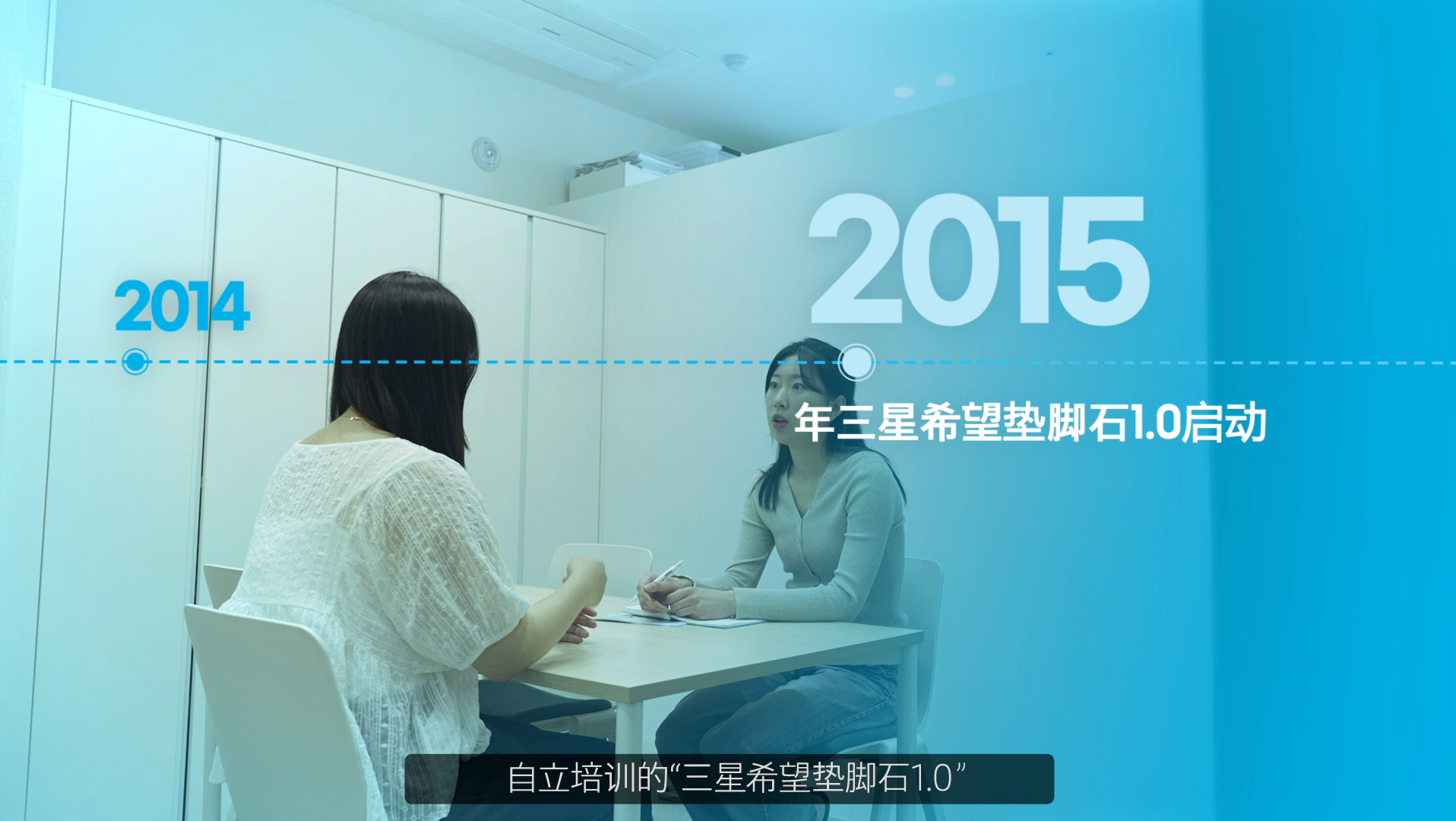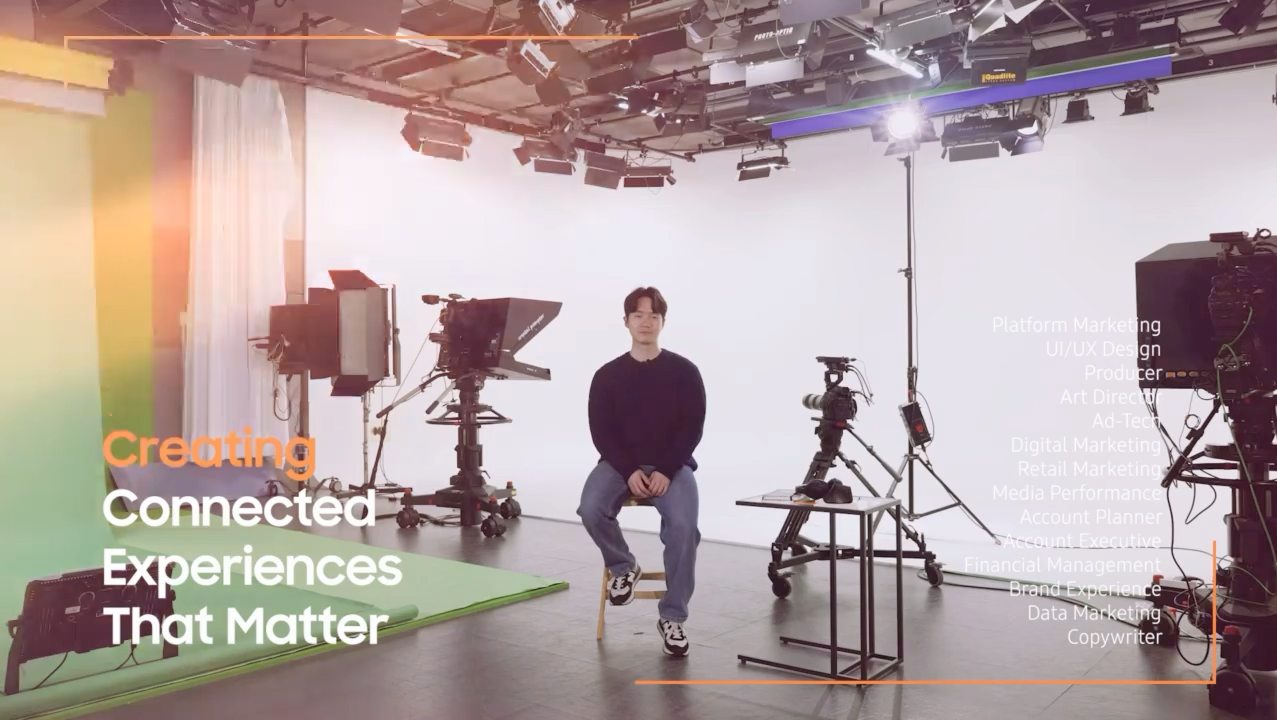Client/Brand
Google Voice Recognition (Emergency AI Communication Prototype)
Google Voice Recognition (Emergency AI Communication Prototype)
Role
Director / Concept Planner
Director / Concept Planner
Overview
This project was designed to expand Google’s voice AI technology into life-saving territory by developing an emergency communication system in which AI speaks to first responders on behalf of the user during critical accident scenarios.
In many traffic accidents—especially in remote or rural areas—victims are unconscious or physically unable to call for help. According to the U.S. Department of Transportation, over 50% of fatal crashes occur in non-urban regions and often go unreported until it’s too late.
This highlights the biggest vulnerability in existing emergency systems: they rely entirely on human action. If the person cannot act, the system fails.
To address this, we proposed an AI communicator that detects serious crashes, automatically dials emergency services, and delivers key information—such as the driver’s identity, crash severity, location data, and vehicle condition.
The system then engages in real-time conversation with emergency personnel, speaking clearly and calmly in place of the user. In short, it becomes a voice when the victim has none.
In many traffic accidents—especially in remote or rural areas—victims are unconscious or physically unable to call for help. According to the U.S. Department of Transportation, over 50% of fatal crashes occur in non-urban regions and often go unreported until it’s too late.
This highlights the biggest vulnerability in existing emergency systems: they rely entirely on human action. If the person cannot act, the system fails.
To address this, we proposed an AI communicator that detects serious crashes, automatically dials emergency services, and delivers key information—such as the driver’s identity, crash severity, location data, and vehicle condition.
The system then engages in real-time conversation with emergency personnel, speaking clearly and calmly in place of the user. In short, it becomes a voice when the victim has none.
Process
• Conducted in-depth research on accident types, fatality rates, and system failure points in emergency response
• Identified the core problem as the system’s heavy dependence on human action in crisis moments
• Proposed an integration of AI-powered emergency response modules into existing navigation and voice platforms
• Designed a process where the system detects a crash and automatically places a call to emergency services
• Enabled the AI to transmit key data: driver identity, geolocation, crash severity, and vehicle status
• Developed a voice protocol that simulates real-time conversation with first responders using pre-trained dialogue
• Created UX flows, visual prototypes, and scripted interactions based on real-world scenarios
• Prioritized reliability, minimal false positives, multilingual capability, and user privacy protection
Outcome/Results
This project introduced a data-driven solution to one of the most overlooked weaknesses in emergency infrastructure: the inability to respond when human action is not possible.
It repositioned Google’s voice AI from a convenience feature to a real-time emergency communicator.
The concept sparked conversations about how AI can ethically intervene in life-or-death situations.
It was well received for its practical potential, responsible design, and scalability across autonomous vehicles, smart cities, and future healthcare platforms.
It repositioned Google’s voice AI from a convenience feature to a real-time emergency communicator.
The concept sparked conversations about how AI can ethically intervene in life-or-death situations.
It was well received for its practical potential, responsible design, and scalability across autonomous vehicles, smart cities, and future healthcare platforms.









